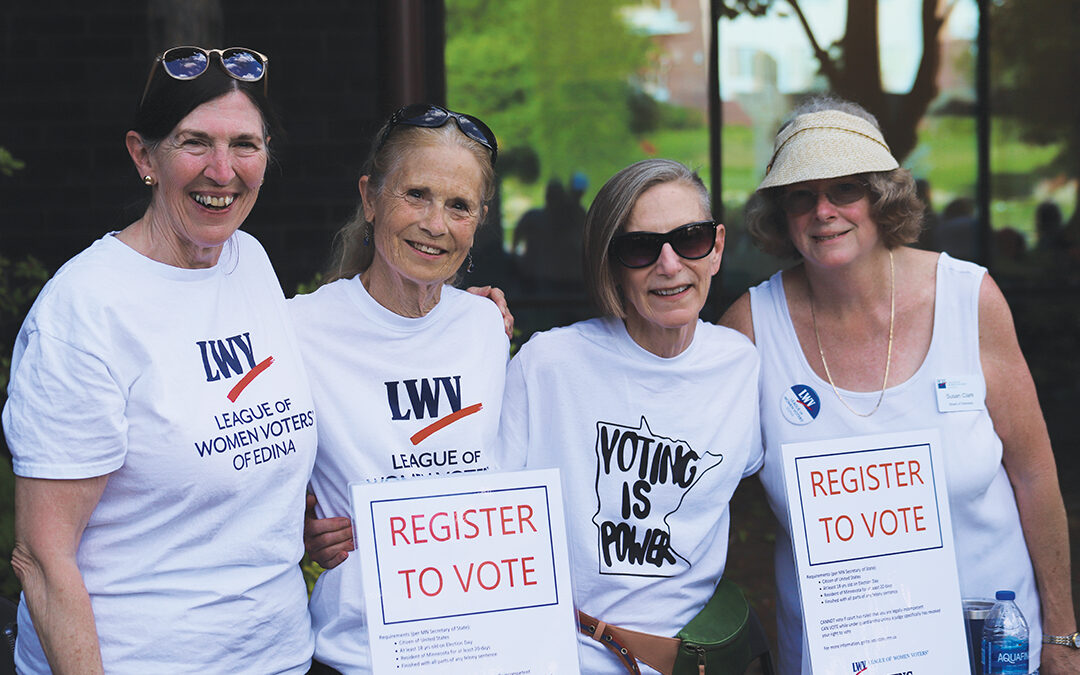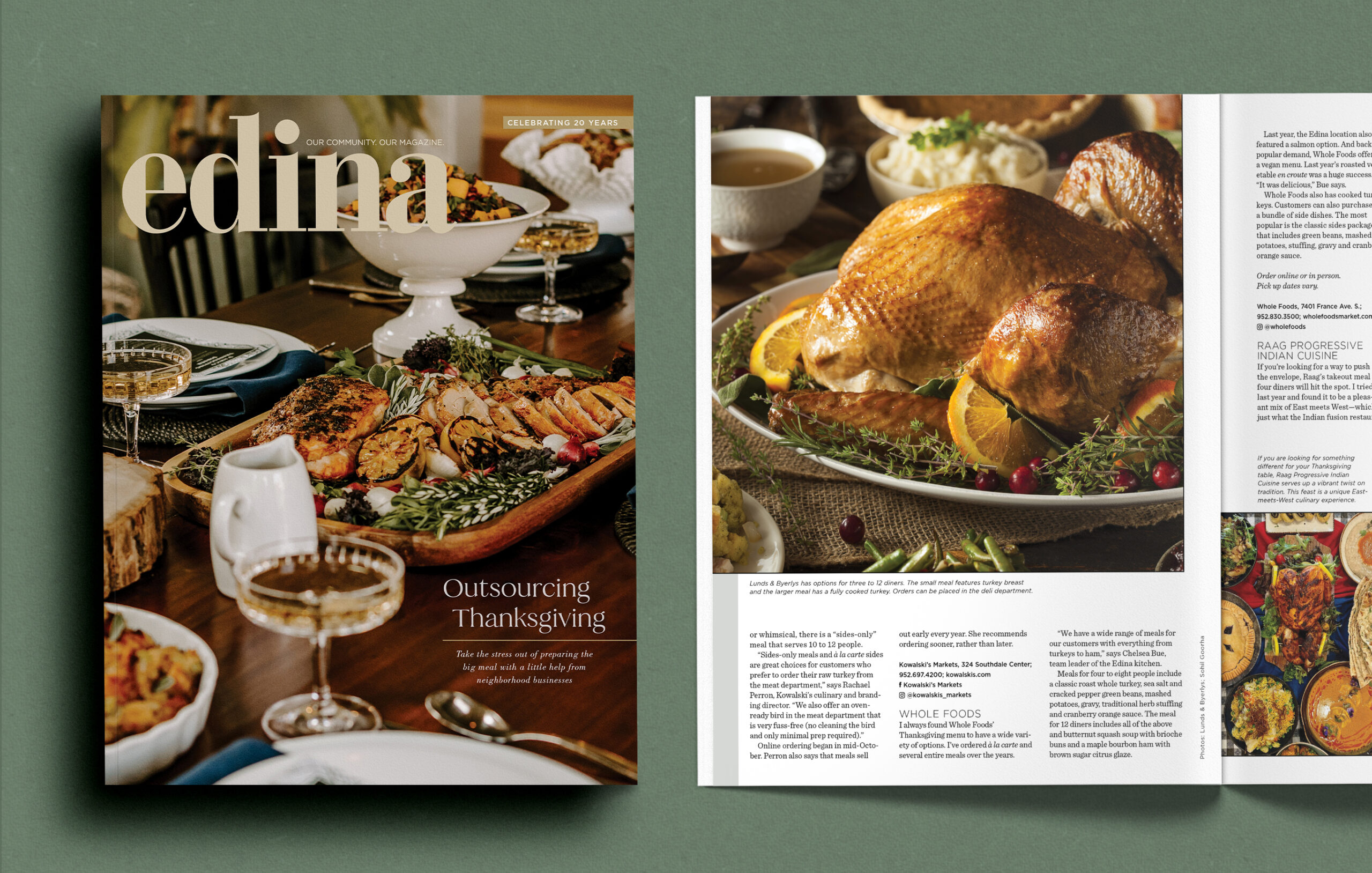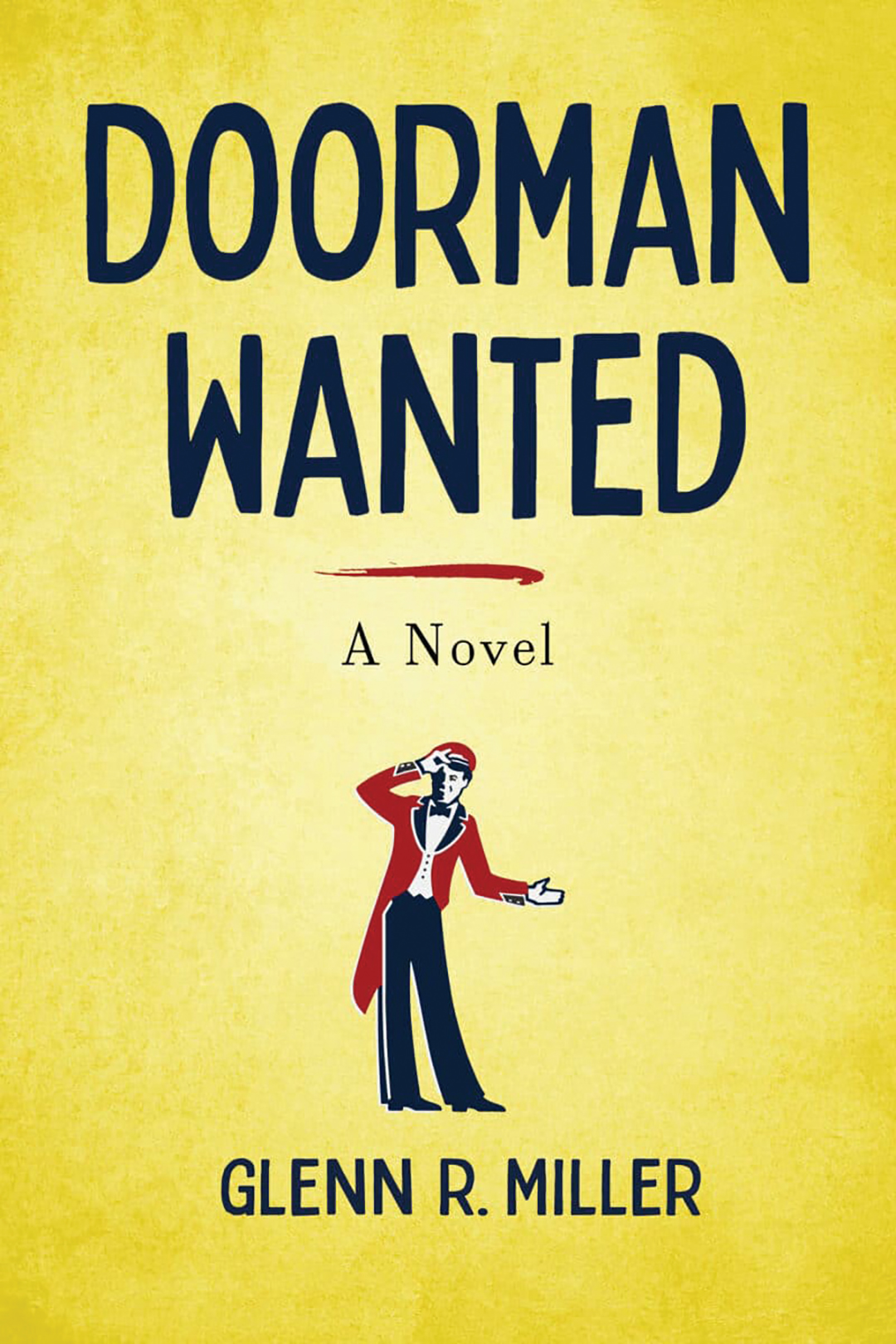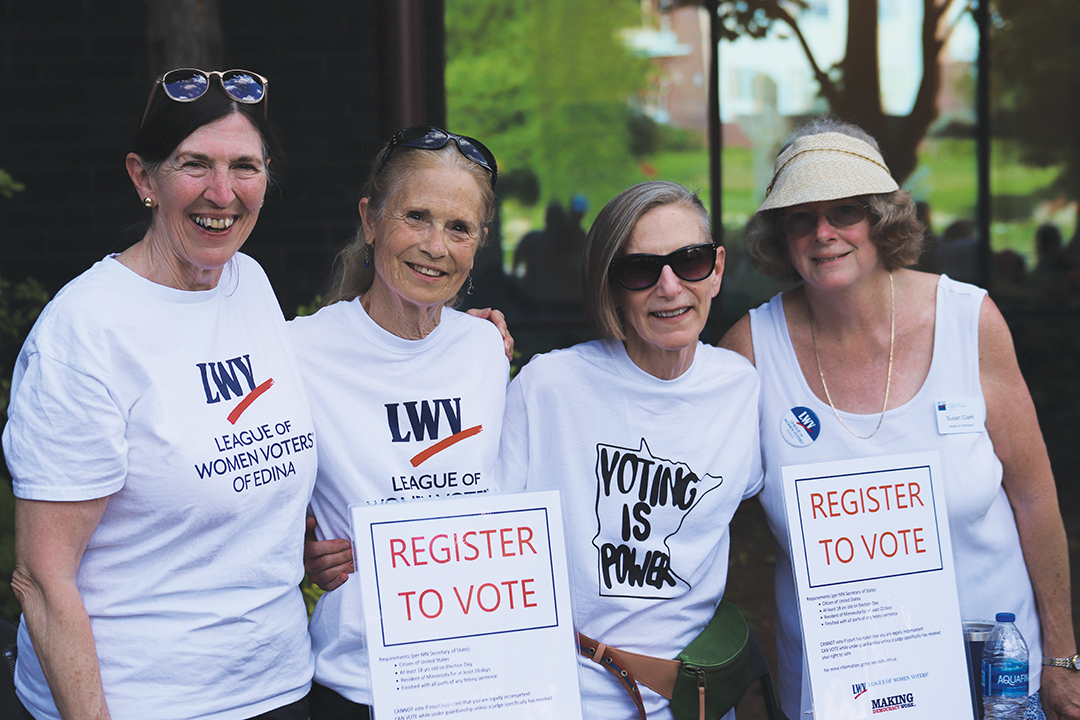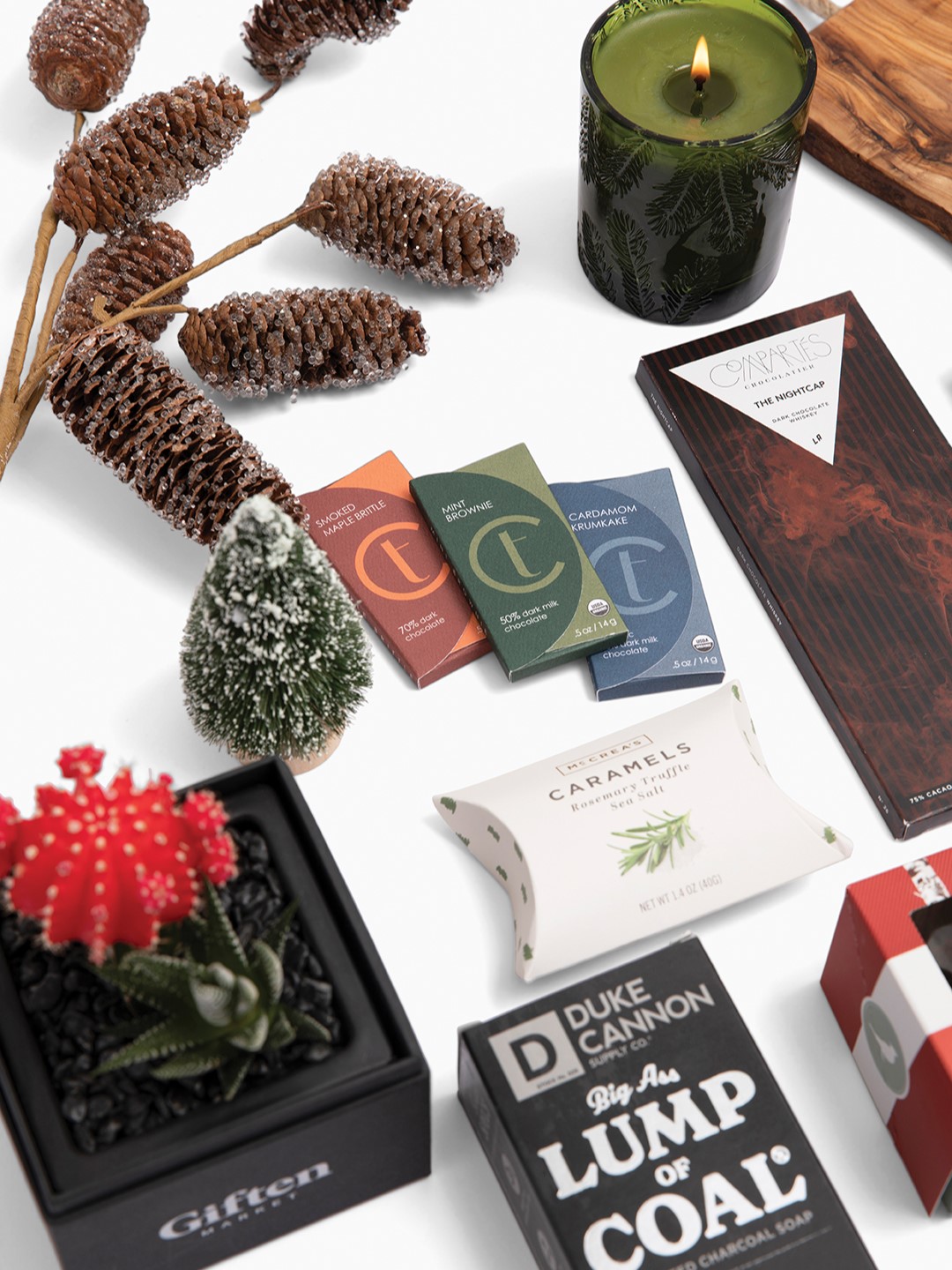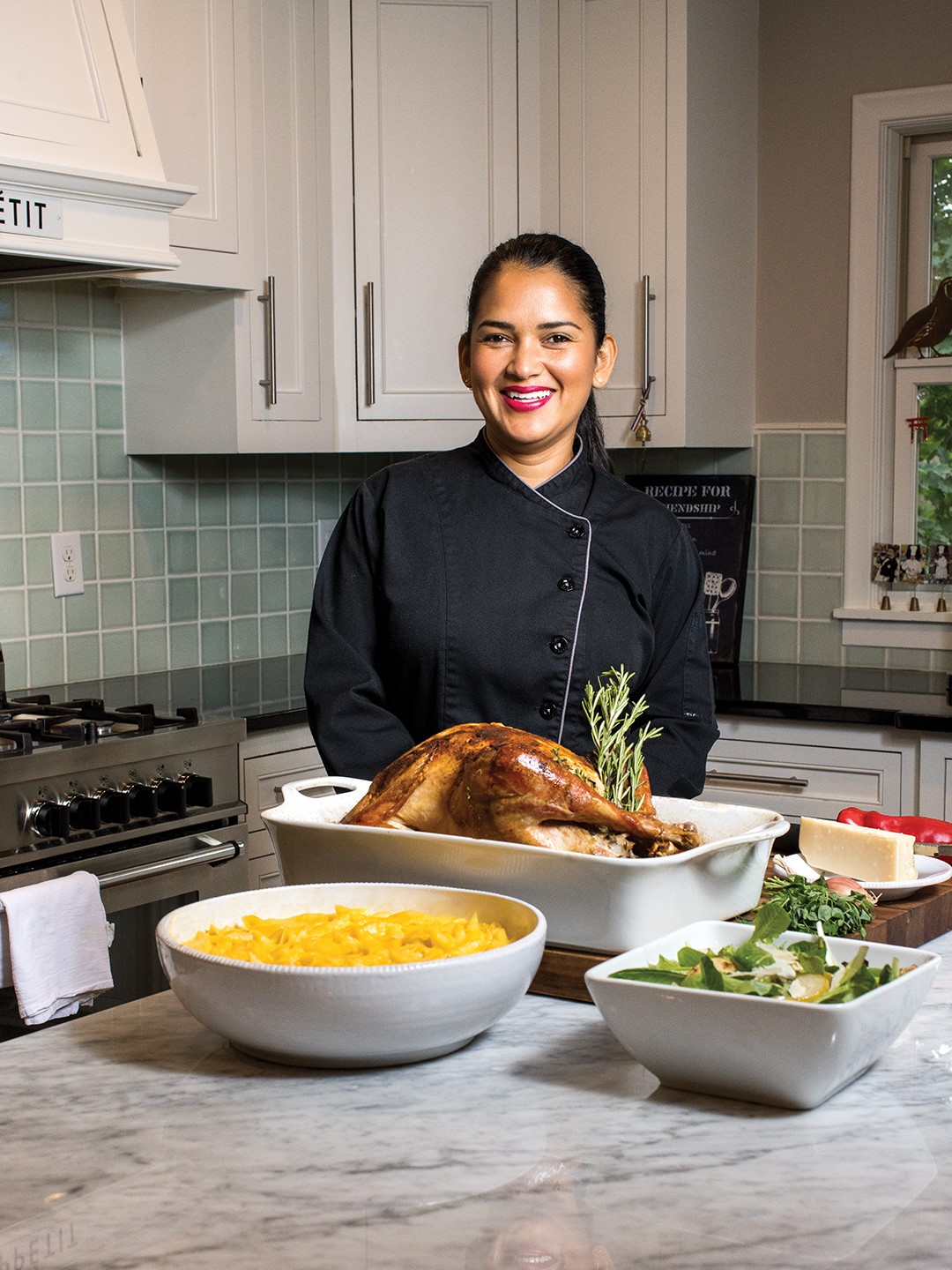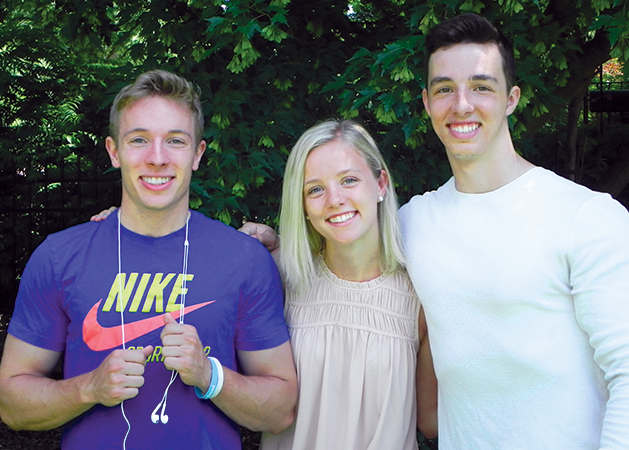
Brett, Cameron and Savannah Hufendick. Photo: Samantha Hufendick
Along with her brothers, Brett and Cameron, Savannah Hufendick founded Safe In Sound.
Edina High School alumni Savannah Hufendick loves to exercise. And similar to the rest of the workout-loving population, this University of St. Thomas junior enjoys working out to music when she hits the gym, trail or treadmill. “I would turn my music up super loud,” she says, referring to her frequent workouts. “I couldn’t hear my breathing, my feet hitting the ground.” Even more alarming was when Hufendick’s ears started to hurt. That was when she became inspired to take action.
Along with her brothers, Brett and Cameron, Hufendick founded Safe In Sound, a business idea for headphones that regulate volume and help reduce hearing loss. Hufendick was motivated by her own experience, but she was also inspired by the experiences of others. After doing some research she realized “billions of people are causing hearing damage with headphones,” she says. The statistics are alarming, Hufendick explains, noting her research and a visit to the World Health Organization led to the discovery that 1.1 billion people are at risk of hearing loss.
Although Safe In Sound headphones are not available to the general public just yet, Hufendick’s idea has gained traction in notable arenas. She won the St. Thomas Fowler Business Pitch Competition, earning a $5,000 scholarship, and then went on to win the St. Thomas Business Plan Competition, this time receiving $10,000. Hufendick and her groundbreaking idea was chosen as one of only 25 finalists in the national competition known as the Schulze Entrepreneurship Challenge.
None of this acclaim is surprising, as Hufendick’s idea has the potential to be life changing. Hufendick explains that although there have been similar ideas and inventions targeting hearing loss from headphones, there is nothing on the market like Safe in Sound. “Inside the ear bud is a measurement device,” she says, “so it can accurately measure the volume.” And measuring the true volume of sound coming from earbuds lodged so deep in the ear is no easy task. “Placing that speaker in your ear at half volume is doing more damage than listening [at the same volume] in your car,” she explains. The earbuds, connected to an app on the user’s phone, will prevent the volume from going to levels that have a potential to cause hearing damage.
Serendipity has played a huge role in Hufendick’s journey through college. “Actually, I was originally a journalism major,” she says, laughing. “I really wanted to go into broadcast journalism.” Hufendick isn’t sure what changed her mind, but at some point, she decided to switch to finance—a move that surprised even her, but one that set her up for success when it came to making Safe In Sound a reality.
Hufendick’s immediate goal is to have a working prototype completed by this fall, and with a high demand in the market, especially among parents, she believes it will only be up from there. Once Hufendick graduates college, she hopes to go into wealth management. “I want to invest in smaller businesses in underprivileged areas,” Hufendick says. A goal that will no doubt make countless more dreams and ideas become reality.


